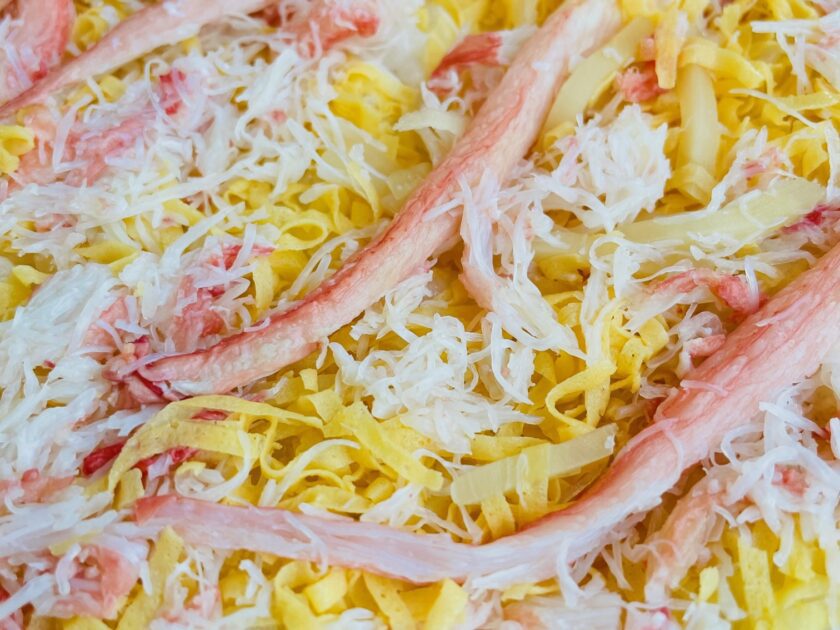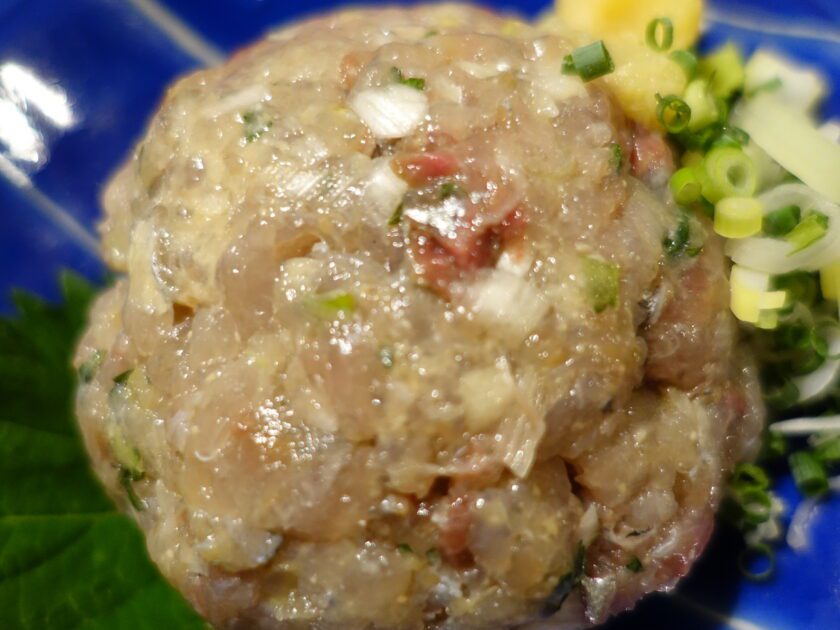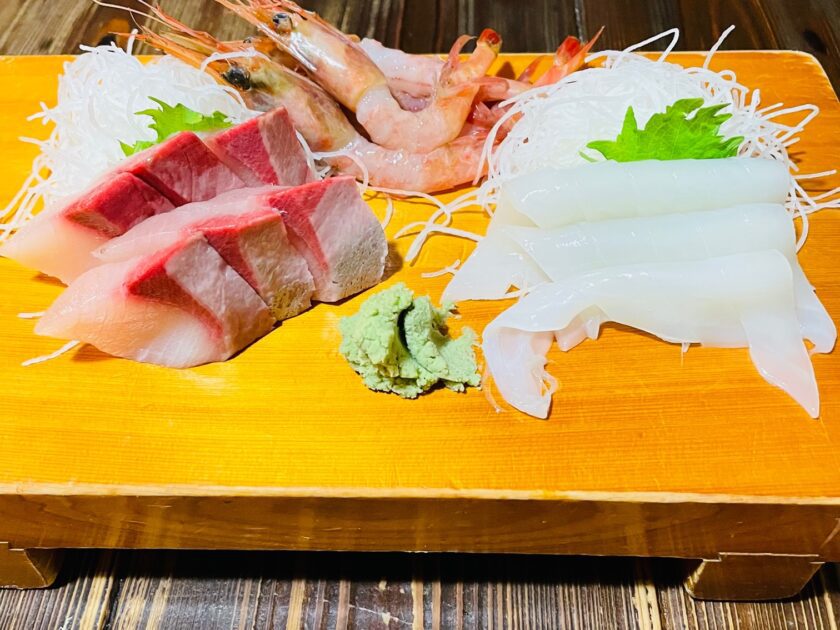February itinerary in Japan Day 4 (Tottori Meal edition)
February itinerary in Japan Day 4 (Tottori Meal edition) (Saturday, February 26) Table of contents 1. Kitaro beer and 20th century pear chu-hi at Tottori Sand Dunes 2. Ekiben / Kani (crab) sushi 3. Kurayoshi craft beer 4. Washoku Izakaya Shunmon 5. Ramen Yamato 1. Kitaro beer and 20th century pear chu-hi at Tottori Sand Dunes I drank a pale ale of “Kitaro Beer” at “Sakyu Center View Hill” while looking at Tottori Sand Dunes. “Kitaro Beer” is a Kitaro label version of the popular craft beer “Daisen G Beer“. “Daisen G Beer” is a beer manufactured by Daisen Brewery. At the foot of Daisen National Park (elevation 300m), beer is produced using underground water from Daisen and barley and hops from Daisen. The Kitaro label is affixed, but the contents are “Daisen G Beer”, so it was a very delicious beer. After drinking “Kitaro Beer”, I drank “20th century pear (Asian pear) Chu-hai”. “20th century pear Chuhai” is a pear chu-hai that uses 11% of Tottori’s 20th century pear juice. It is produced by Hayashi Kentaro Shoten in Tottori City. When I tried “20th century pear Chu-hai”, it tastes like 20th century pear. The harvest time for






